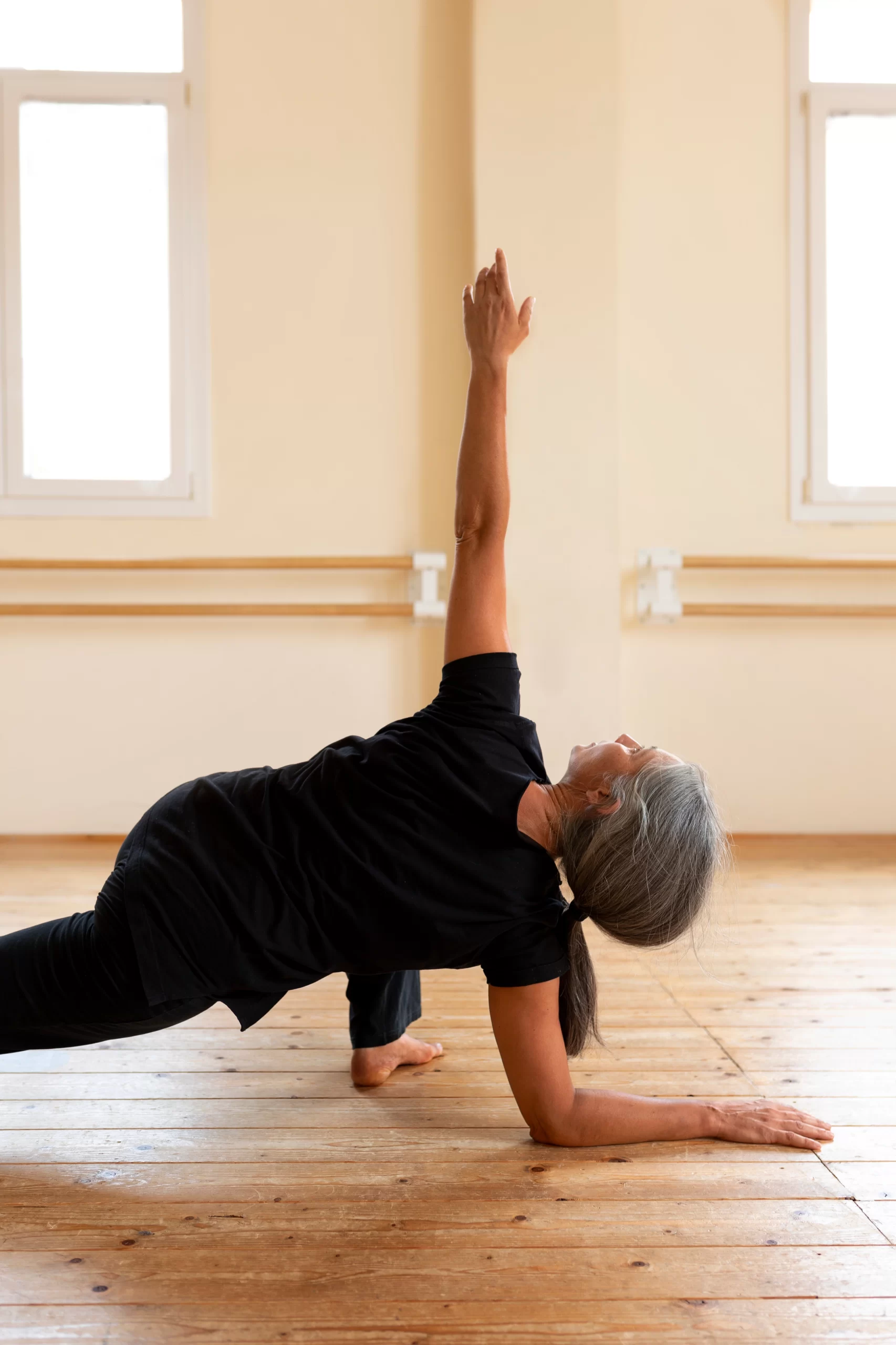Yoga has long been cherished for its profound benefits on physical health and mental well-being. In recent years, a fascinating variation has emerged, blending the tranquility of water with the holistic practice of yoga—Aqua Yoga. This trend is making waves in fitness communities worldwide, offering a unique and refreshing approach to traditional yoga. Whether you are a seasoned yogi or a beginner, Aqua Yoga can be an enriching addition to your wellness routine. In this guide, we will explore the benefits, basic poses, and tips to get started with Aqua Yoga.
What is Aqua Yoga?
Aqua Yoga, also known as Water Yoga, is a practice that adapts traditional yoga poses for the water. Performed in a pool, this low-impact exercise combines the principles of yoga with the resistance and buoyancy of water. The result is a gentle yet effective workout that can enhance flexibility, strength, and relaxation.
Benefits of Aqua Yoga
- Low-Impact Exercise
The buoyancy of water supports your body and narrows the strain on joints and muscles. This makes Aqua Yoga an ideal exercise for individuals with arthritis, injuries, or chronic pain. It allows for a full range of motion without the risk of high-impact injuries.
- Enhanced Flexibility
Water’s resistance provides a natural support system, allowing you to stretch deeper and hold poses longer than on land. This increased flexibility can improve your overall yoga practice and enhance muscle tone.
- Improved Balance and Coordination
The unstable environment of water challenges your balance and coordination. Regular practice of Aqua Yoga can lead to improved stability and proprioception, which can be beneficial in everyday activities and other forms of exercise.
- Relaxation and Stress Relief
The soothing properties of water combined with the meditative aspects of yoga create a calming effect on the mind. Aqua Yoga can reduce stress levels, promote relaxation, and improve mental clarity.
- Enhanced Muscle Strength
The resistance provided by water increases the intensity of yoga poses, helping to build muscle strength and endurance. This resistance training is gentle yet helpful, making it suitable for individuals of all fitness levels.
Getting Started with Aqua Yoga
- Find the Right Pool
Choose a pool with warm water, ideally between 83-88°F (28-31°C). Warm water helps to relax muscles and joints, making it easier to perform yoga poses. Please make sure the pool is clean and well-maintained.
- Wear Appropriate Attire
Opt for swimwear that is comfortable and allows for a full range of motion. Some practitioners prefer wearing a rash guard or yoga-specific swimwear for added comfort and support.
- Use Props if Needed
Water noodles, floating belts, and other aquatic props can provide additional support and stability during your practice. These props can be especially helpful for beginners or individuals with limited mobility.
- Start with Basic Poses
Begin your Aqua Yoga journey with simple poses that are easily adaptable to the water. Here are a few primary poses to get you started:
- Tadasana (Mountain Pose): Stand with your feet hip-width apart, arms by your sides. Engage your core and lengthen your spine. Focus on your breath and find your balance in the water.
- Vrksasana (Tree Pose): Stand on one leg, placing the sole of your other foot on your inner thigh or calf (avoid the knee). Bring your hands to your heart or extend them overhead. Hold the pose for a few breaths, then shift sides.
- Virabhadrasana II (Warrior II): Step your feet wide apart and turn your right foot out, aligning it with your knee. Bend your right knee and extend your arms parallel to the water’s surface. Hold the pose, then switch sides.
- Adho Mukha Svanasana (Downward-Facing Dog): From a standing position, bend forward and place your hands on the pool floor. Walk your feet back until your body forms an upturned “V” shape. Keep your head between your arms and your spine elongated.
- Focus on Breath and Relaxation
Aqua Yoga emphasizes the connection between breath and movement. Practice deep, mindful breathing to enhance relaxation and oxygenate your body. Take time to float and meditate, allowing the water to support and cradle you.
- Join a Class
If you are new to Aqua Yoga, consider joining a class led by a certified instructor. They can provide guidance, ensure proper form, and introduce you to a variety of poses and sequences. Group classes can also be an enjoyable and social way to enjoy Aqua Yoga.
Safety Tips
- Stay Hydrated
Even though you are in the water, it’s important to stay hydrated. Drink plenty of water before and after your Aqua Yoga session.
- Listen to Your Body
As with any workout, it’s important to listen to your body and avoid pushing yourself too hard. If you feel any pain or discomfort, adjust your position or take a break.
- Be Mindful of Water Depth
Perform Aqua Yoga in a pool where the water depth is appropriate for your height. Ideally, the water should be chest-deep to allow for stability and ease of movement.
- Use Sunscreen
If you are practicing Aqua Yoga in an outdoor pool, don’t forget to apply sunscreen to protect your skin from UV rays.
Conclusion
Aqua Yoga offers a unique blend of relaxation, strength-building, and flexibility enhancement, all within the soothing embrace of water. It’s a versatile practice suitable for all ages and fitness levels, providing a low-impact yet effective exercise. Whether you are looking to enhance your traditional yoga practice or seeking a new way to stay active, Aqua Yoga is worth a try. Dive into this refreshing trend and experience the myriad benefits it brings to your body and mind.
Embark on your Aqua Yoga journey today, and let the water guide you to a state of balance, strength, and tranquility.





